

A new face in the UK sales team!
Louis Wilmot joined Pi at the beginning of January 2022 to provide sales and applications support to Pi’s customers in the South, South West, Midlands, North West of England and
Swimming pools and spas use chlorine as a disinfectant and so use an analyser to control the amount of chlorine that gets dosed. The AquaSense Swimming Pool Controller and Spa Controller measures the pool chlorine levels and the pH of the pool and then controls the chlorine and pH levels by controlling the chemical dosing. The AquaSense offers bufferless and reagentless operation and is suitable for commercial, municipal and community swimming pools.
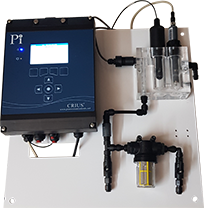

Many leisure facilities are now fitted with sophisticated BMS (Building Management Systems) and Pi’s pool and spa controllers are able to communicate directly to the BMS whatever system it might be. Every AquaSense from Pi can come equipped with inverter control and a range of communication protocols including LAN, Profibus, Modbus and more traditional analogue and digital outputs.
Probably because you are over dosing your chlorine or because your chlorine is converting to chloramine.
To stop unstable readings in the pool you require a good controller and the correctly sized dosing equipment, contact Pi for personalised advice.
When chlorine is added as a disinfectant to pool or spa water it oxidises material in the water killing any organisms. The ‘Residual Chlorine’ is the chlorine left over at the end of the process and is usually what we measure.
If water contains both ammonia and hypochlorite it will react to form monochloramine.
NH3 + OCl– → NH2Cl + OH–
In an acidic solution Monochloramine disproportionates to form Nitrogen Trichloride.
2NH2Cl + H+ → NHCl2 + NH4+
3NHCl2 + H+ → 2NCl3 + NH4+
In solution where there are low concentrations of chlorine it is often Chloramines that can be smelled not ‘chlorine’.
The three Chloramines above are collectively known as ‘Combined Chlorine’. In a pool it is the Dichloramine that provides the chlorine smell.
Yes, but only a very small amount and most users are happy to accept this.
Use a handheld meter. These are available from a variety of suppliers and nearly all of them utilise colourimetric DPD to determine the chlorine concentration in the sample.
Focus Ons are a series of short articles distributed by email providing technical information regarding instrumentation, process measurement in potable, waste, process and pool waters. If you would like to join the mailing list, please contact us.
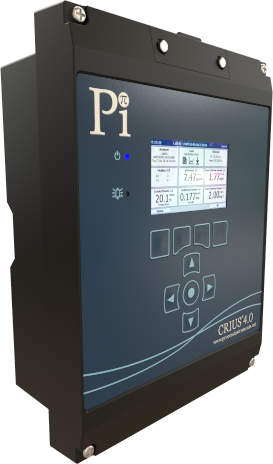

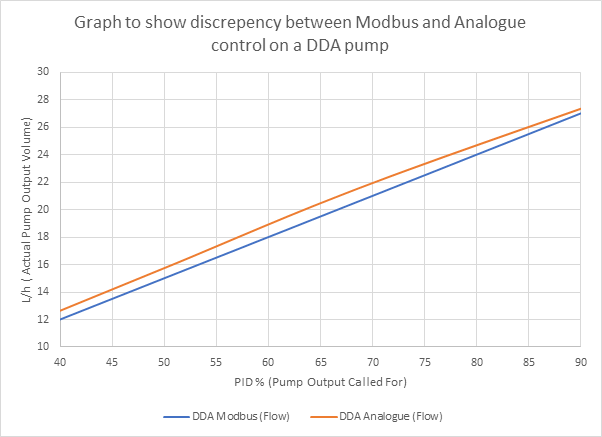

Process Instruments (Pi) are increasingly seeing water engineers and technicians relying on their PLC’s PID auto-tune feature. Many are becoming frustrated that the auto-tuners are unreliable when it comes to water processes. Sometimes the auto-tuned PID settings work, but then something changes in the process and the PID control no longer functions correctly.
In this Focus On, Pi aims to outline how PID auto-tuners work and why they are often unsuitable for complex water treatment processes. We also give a brief introduction to some of the principles of tuning a PID manually.
Did you know that…
…auto-tuners are not effective at tuning processes with long loop times?
…the CRONOS® and CRIUS®4.0 have many built-in PID safety features to make control easier and safer?
…PID loops can often be tuned remotely, meaning huge savings on site visits and travel time?
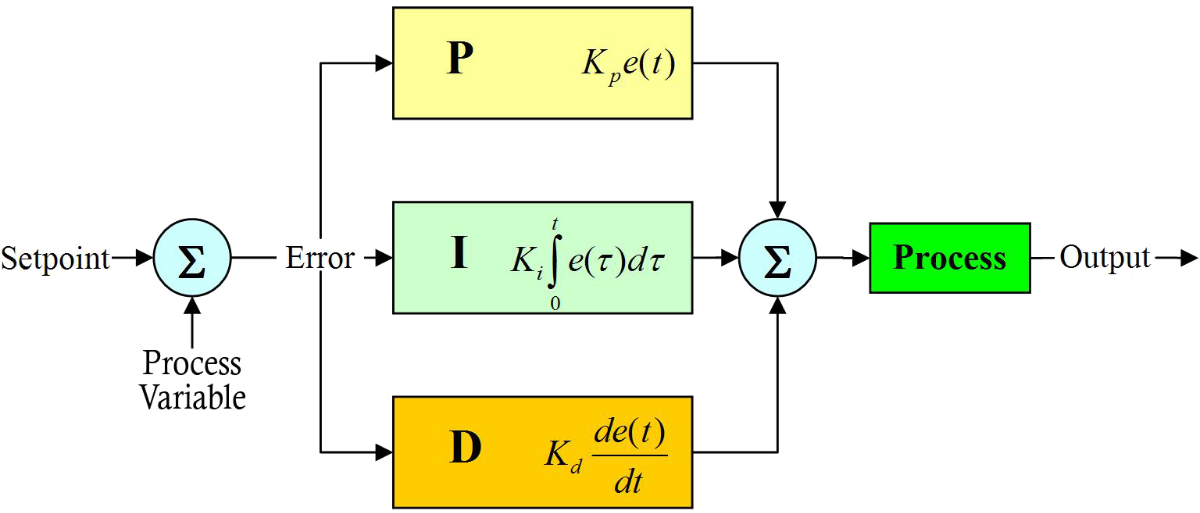

A Proportional – Integral – Derivative (PID) controller is a control loop feedback mechanism widely used in industrial control systems. PID controllers allow a system to continuously and automatically modulate a control mechanism (e.g. a dosing pump, a valve, motor speed), to attempt to achieve a desired setpoint.
There are a myriad of ways that a PID controller can be ‘tuned’. In a very basic PID controller, the operator can choose how much of their control should be based on P, I and D. In reality, D is almost never required in water processes due to the nature of the control loop.
This is generally what ‘auto-tuners’ undertake. They make small changes to the ratio between P, I and D control, track the response, decide if the change is good or bad, and then change again.
So what the auto-tuner is doing is changing, measuring, and changing again; which can work perfectly on processes with a very short loop time (time between a change and a response from the system), the auto-tune making many changes in a short amount of time. The changes cumulate into a ‘tuned’ PID system.
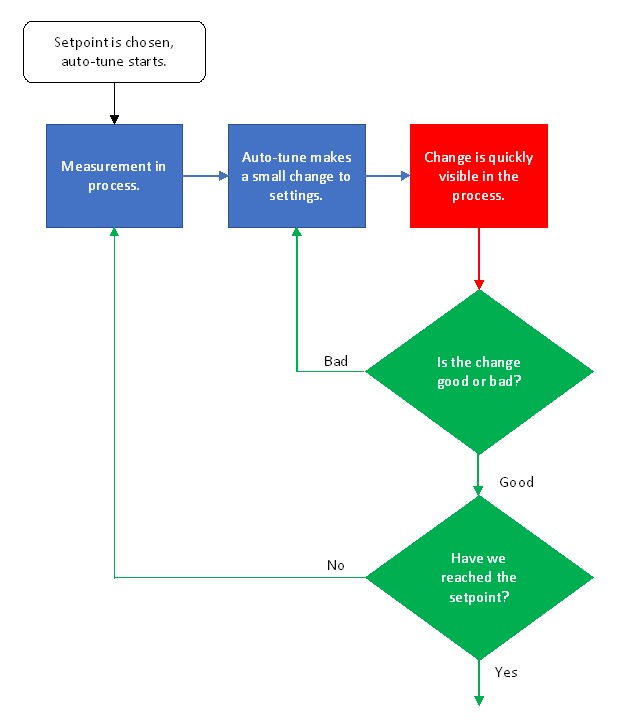

On the right is an example system of a PID auto-tune.
In the diagram, we can see that for the system to work, the box in red is a crucial part of the process. If the change brought on by the PID auto-tuner isn’t visible quickly enough, it may affect the way the auto-tuner categorises the change (good or bad), or won’t give the auto-tune the opportunity to make enough iterative changes to bring a complex water system under control.
There is good news for water technicians and engineers and that is that Pi are here to help. All our salespeople are application specialists and are all capable of helping you manually tune a PID controller for your processes. Our CRONOS® and CRIUS®4.0 controllers are both capable of delivering excellent control in many processes, and have many built-in PID features to help make your process more controlled, robust and safe.


In many ways, the auto-tuners mimic plant engineers making adjustments and tuning their PID settings. They simply lack 2 key components;
With this in mind, here is how our engineers approach PID tuning on our instruments;
Once you have the basic P and I ratio sorted, or if you are unable to get the P and I into control, it is worth considering these additional settings which will help make your control scheme more robust and safer.


Even armed with all this knowledge, PID tuning can be a bit of a dark art. What works on one site may not work on another and even experienced engineers sometimes call us for help.
One of the ways we can help is using our remote access system InSite. Our Remote Access portal (Control InSite) allows people with the appropriate security clearance to make changes to settings and observe measurements from their desk.
Sales Manager, Dr. Rob Paramore, recently described his experience of changing a customer’s PID settings (at their request), whilst talking them through what he was doing on the phone:


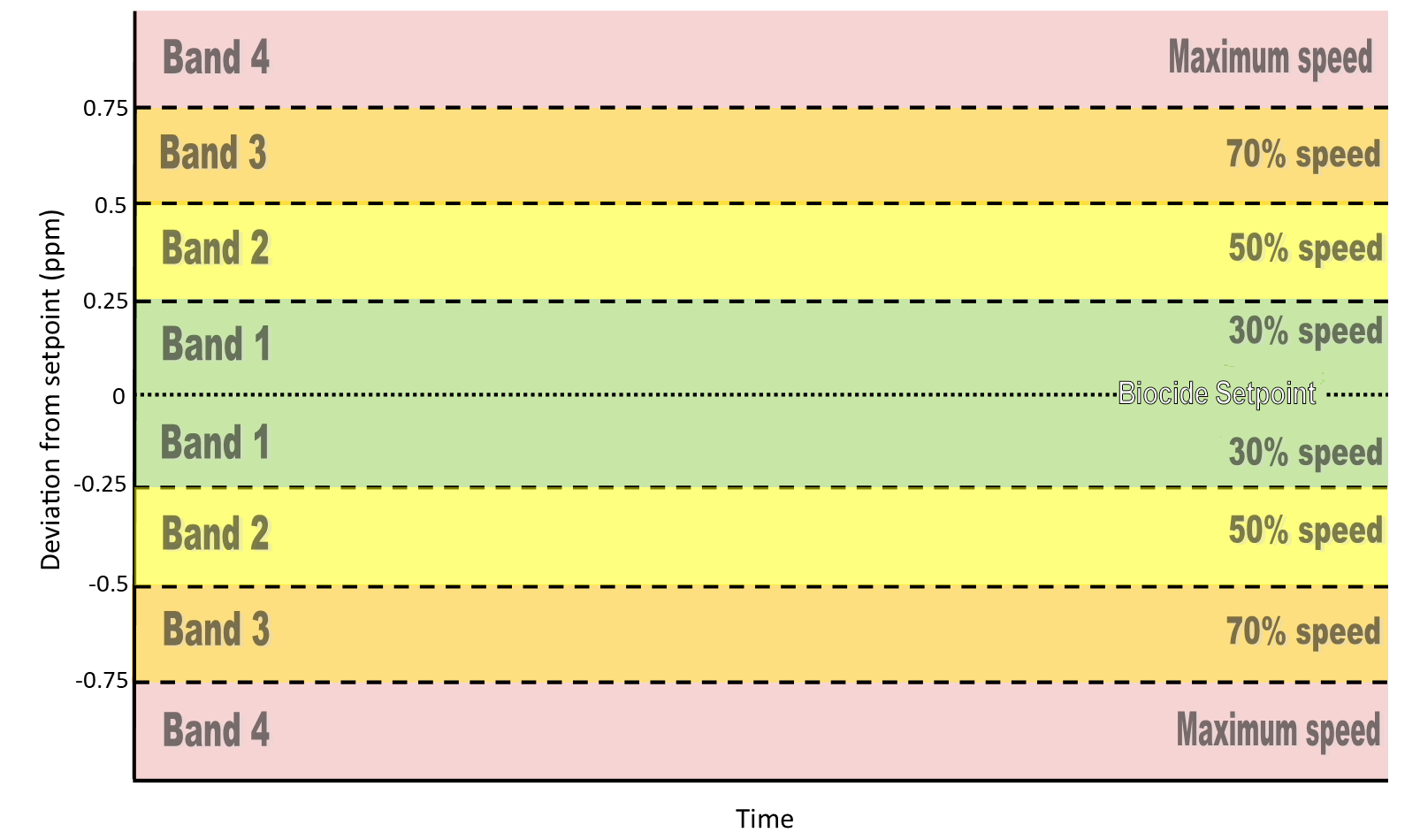

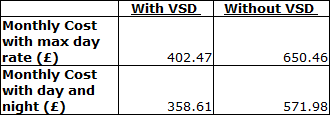





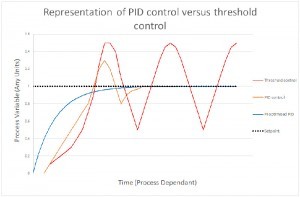



| Document | Type | Size |
|---|---|---|
| AquaSense | Brochure | 1.5mB |
| How to Pay Back the Cost of an AquaSense in a Few Months | Article | 853kB |
| AquaSense Operator Notes | Technical Note | 607kB |
| VSD Control to Reduce Swimming Pool Electricity Bills | Technical Note | 665kB |
| PID Control | Technical Note | 710kB |






Click on the following for help
> Help with your application
> Technical help with your Analyser
> Help choosing a product


Louis Wilmot joined Pi at the beginning of January 2022 to provide sales and applications support to Pi’s customers in the South, South West, Midlands, North West of England and
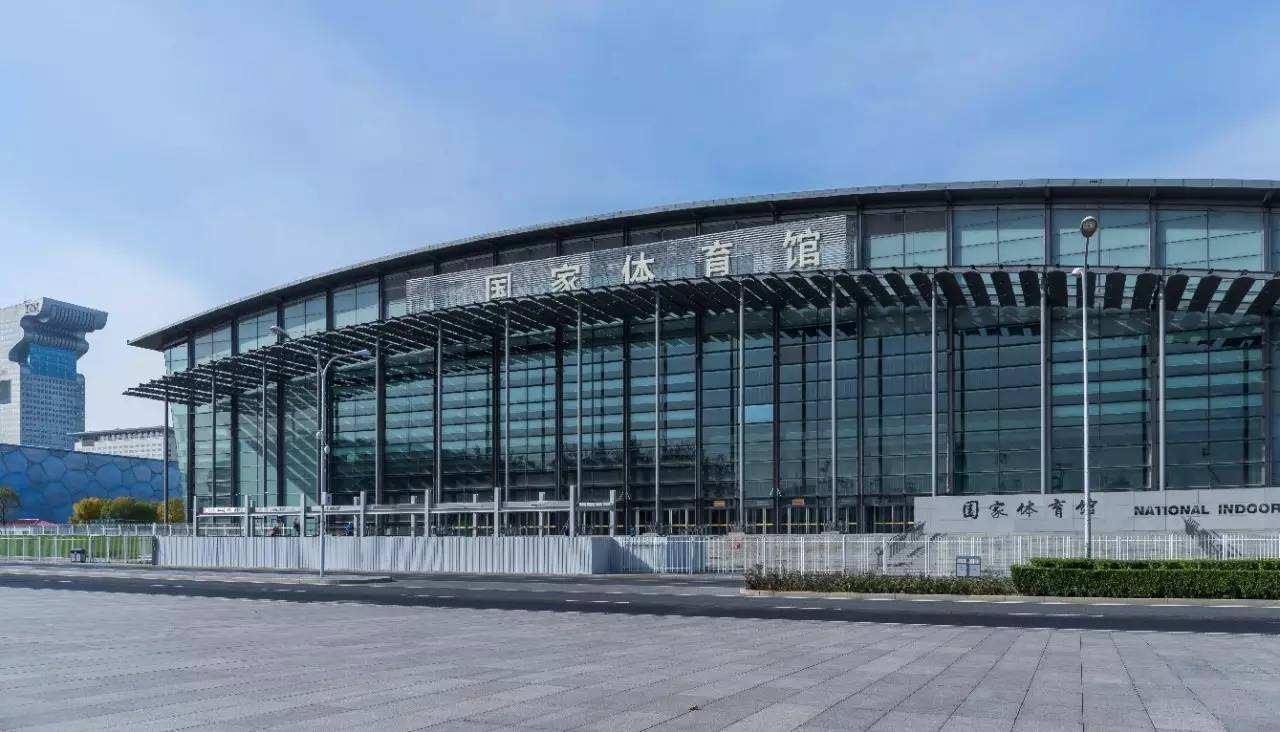

Pi’s representatives in China have completed installation of two recirculating cooling water systems at the China National Indoor Stadium, one of the venues hosting the ice hockey tournament at the


For ten years, clients at Padiham Leisure Centre have enjoyed crystal clear, odour free and perfectly balanced swimming pool water, courtesy of a CRIUS® Pool Controller from Process Instruments. Perfect


Burnley Football Club is just one of a number of Premier League clubs to choose Process Instruments’ CRIUS® AquaSense for water quality control in the HydroWorx® submersed treadmill range. Working
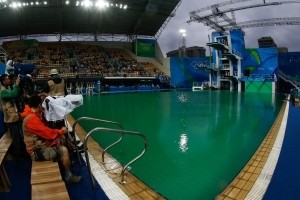

By now many of you will have seen images of the green diving pool at the Rio Olympics, but what made the water turn from crystal blue to murky green?










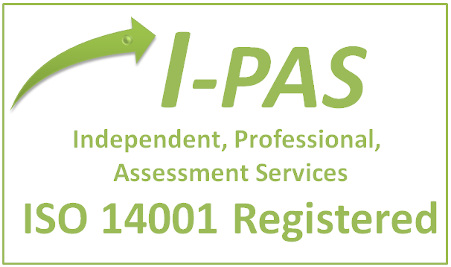





Subscribe to receive technical and applications information in the following categories: